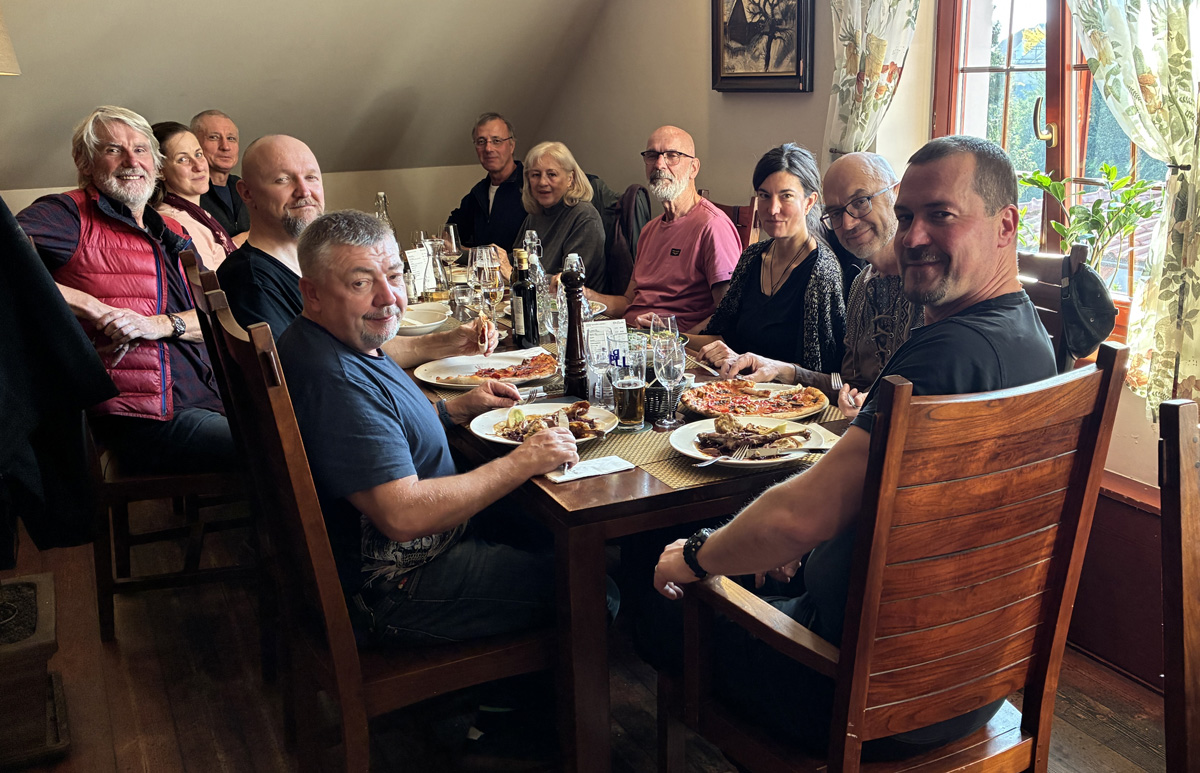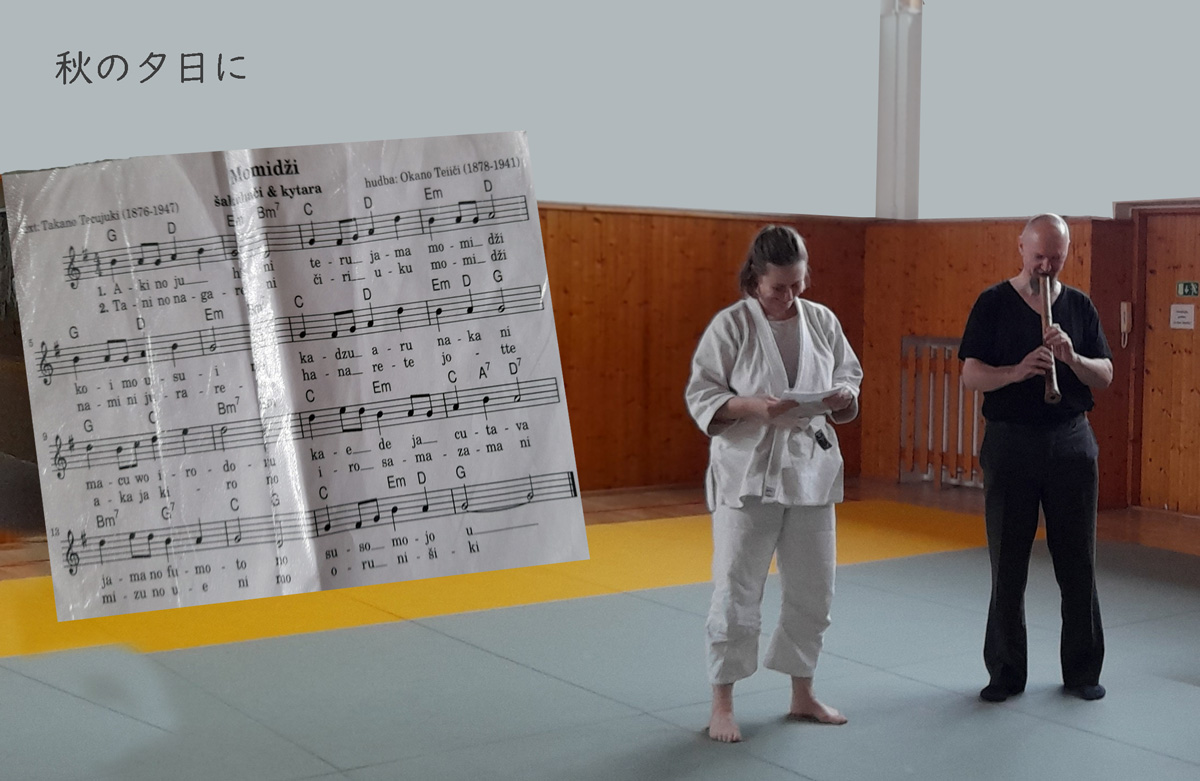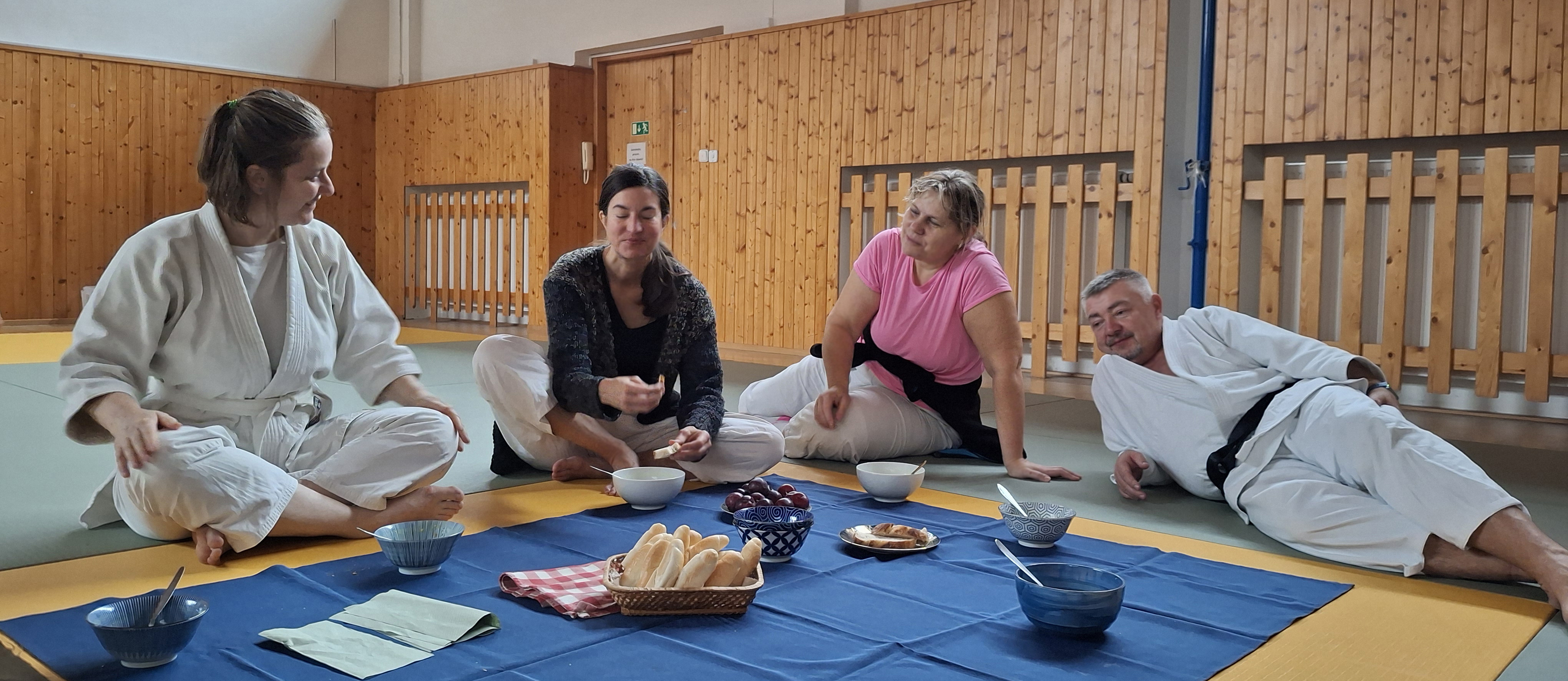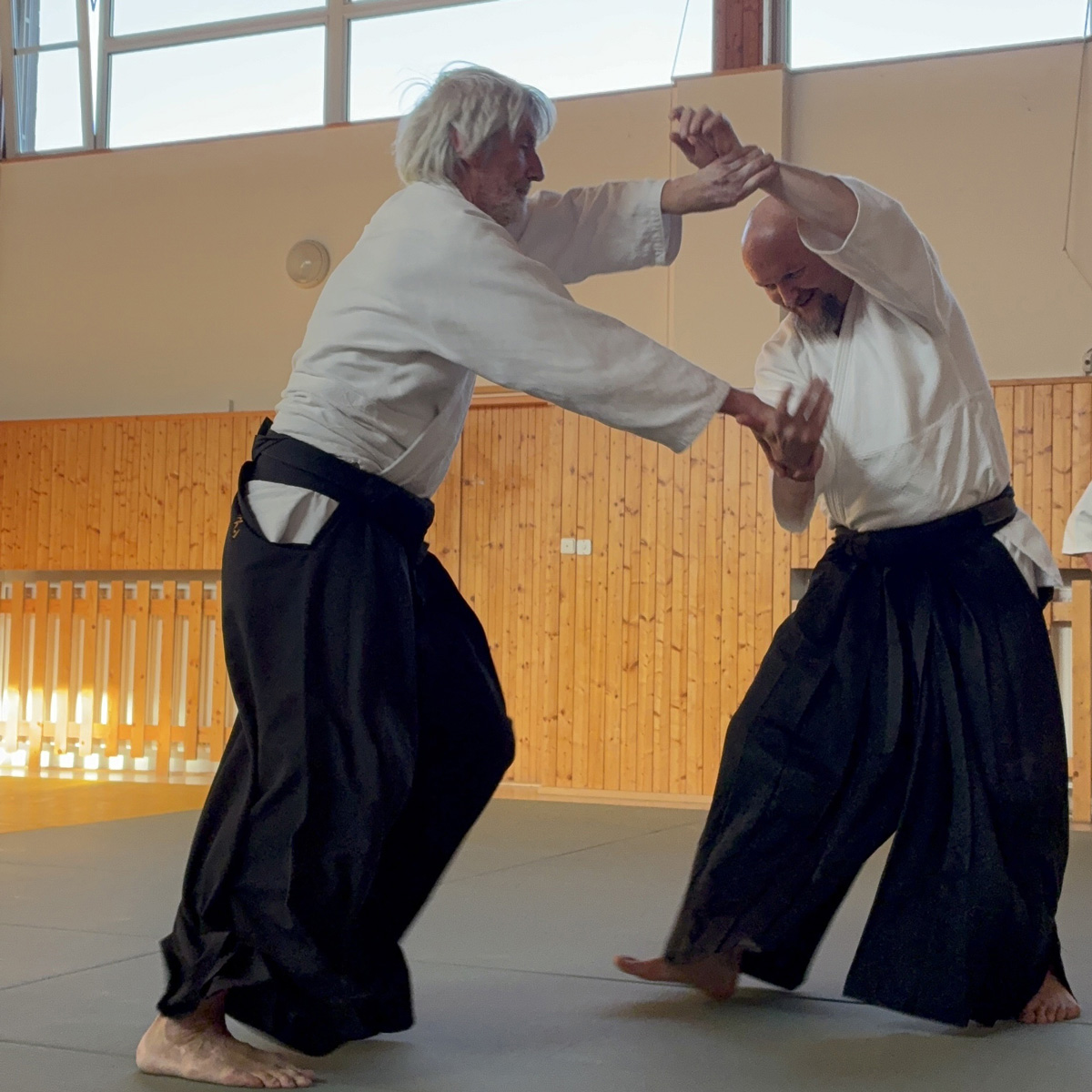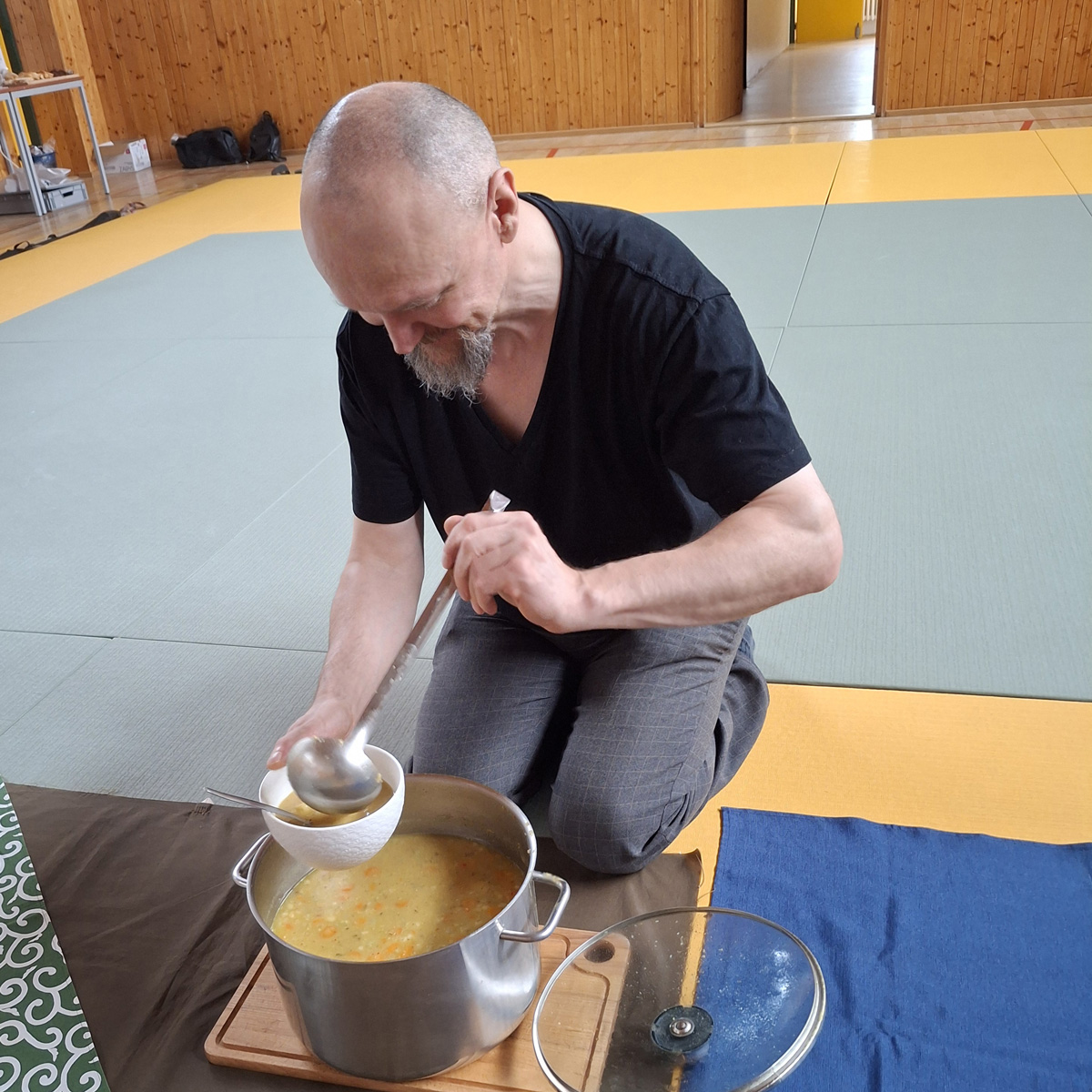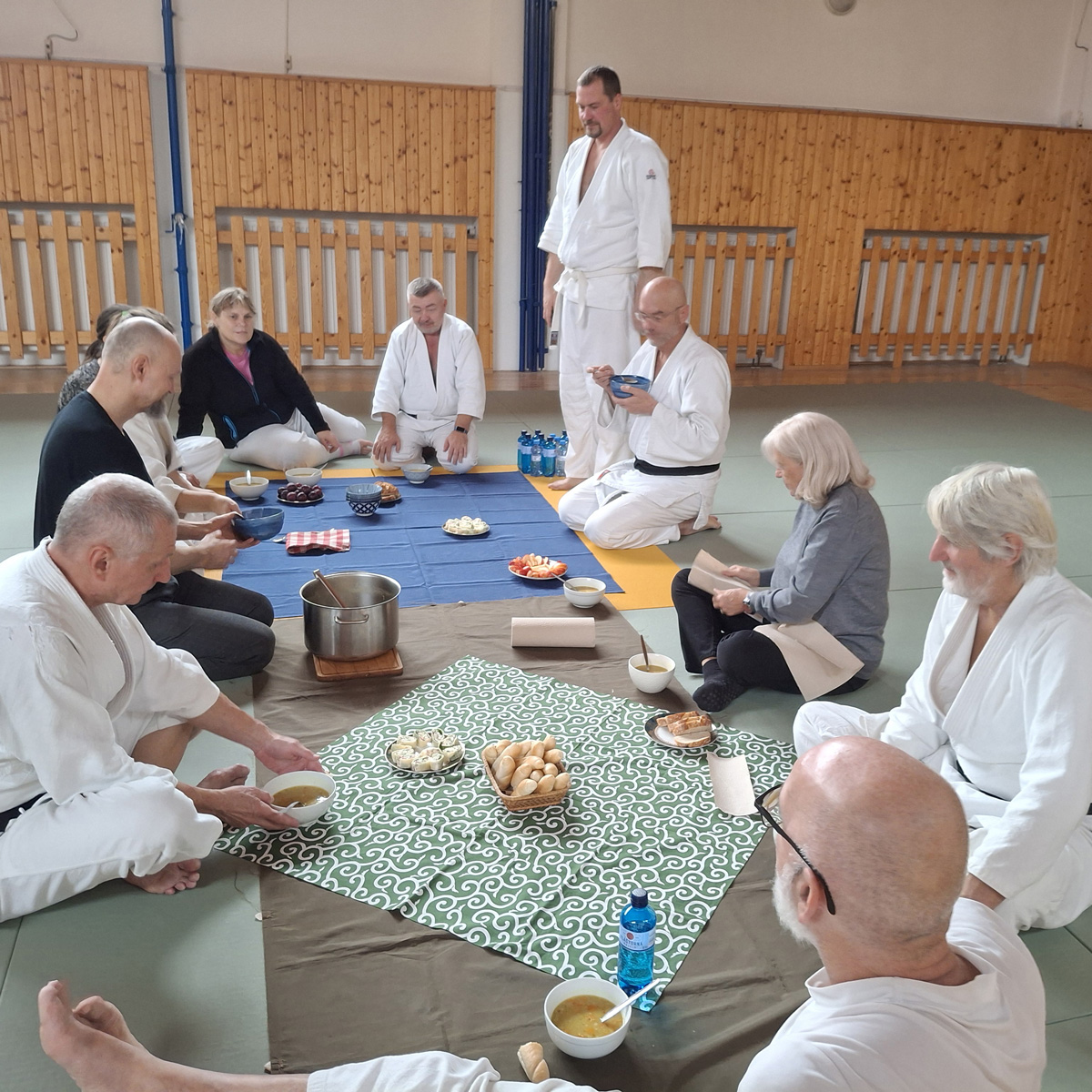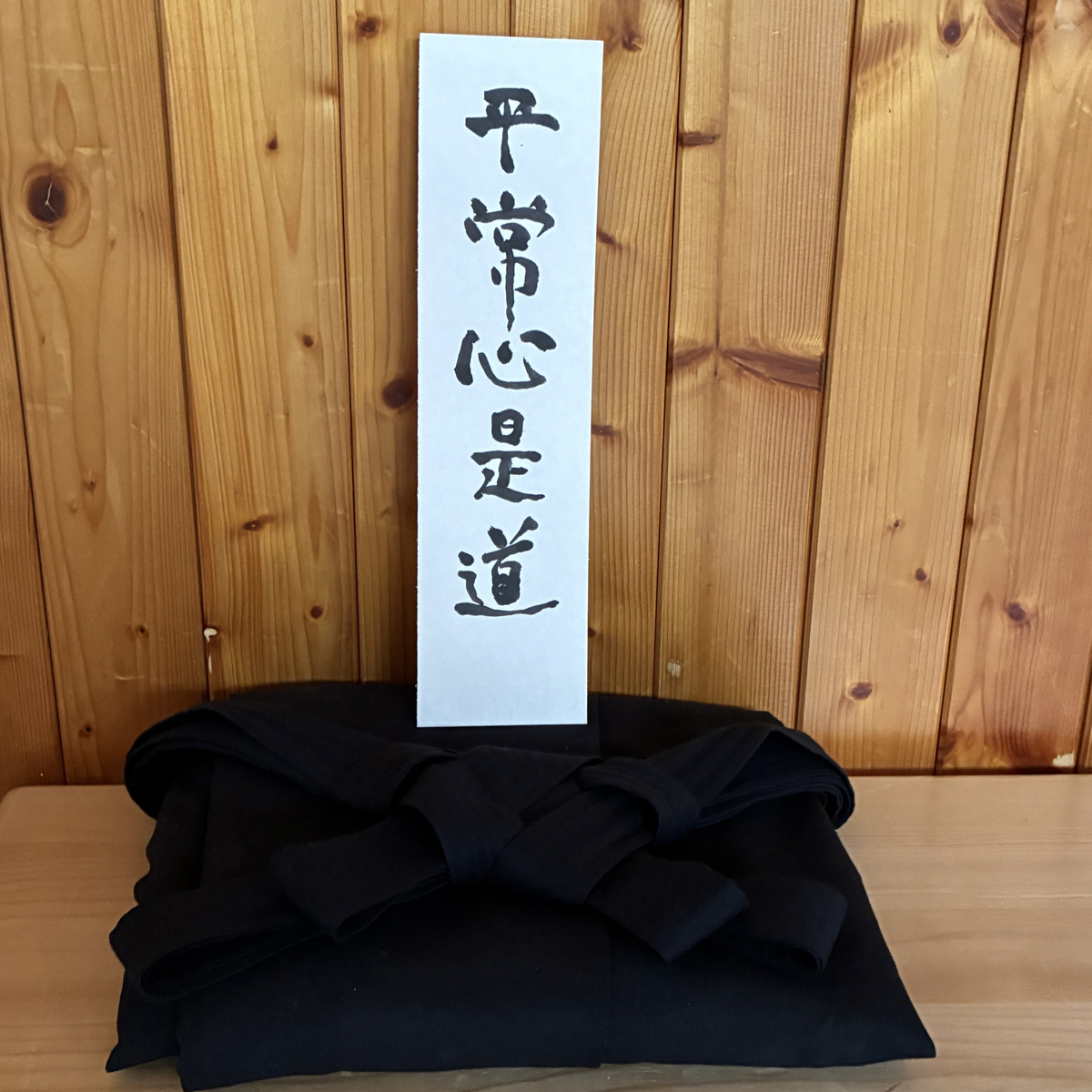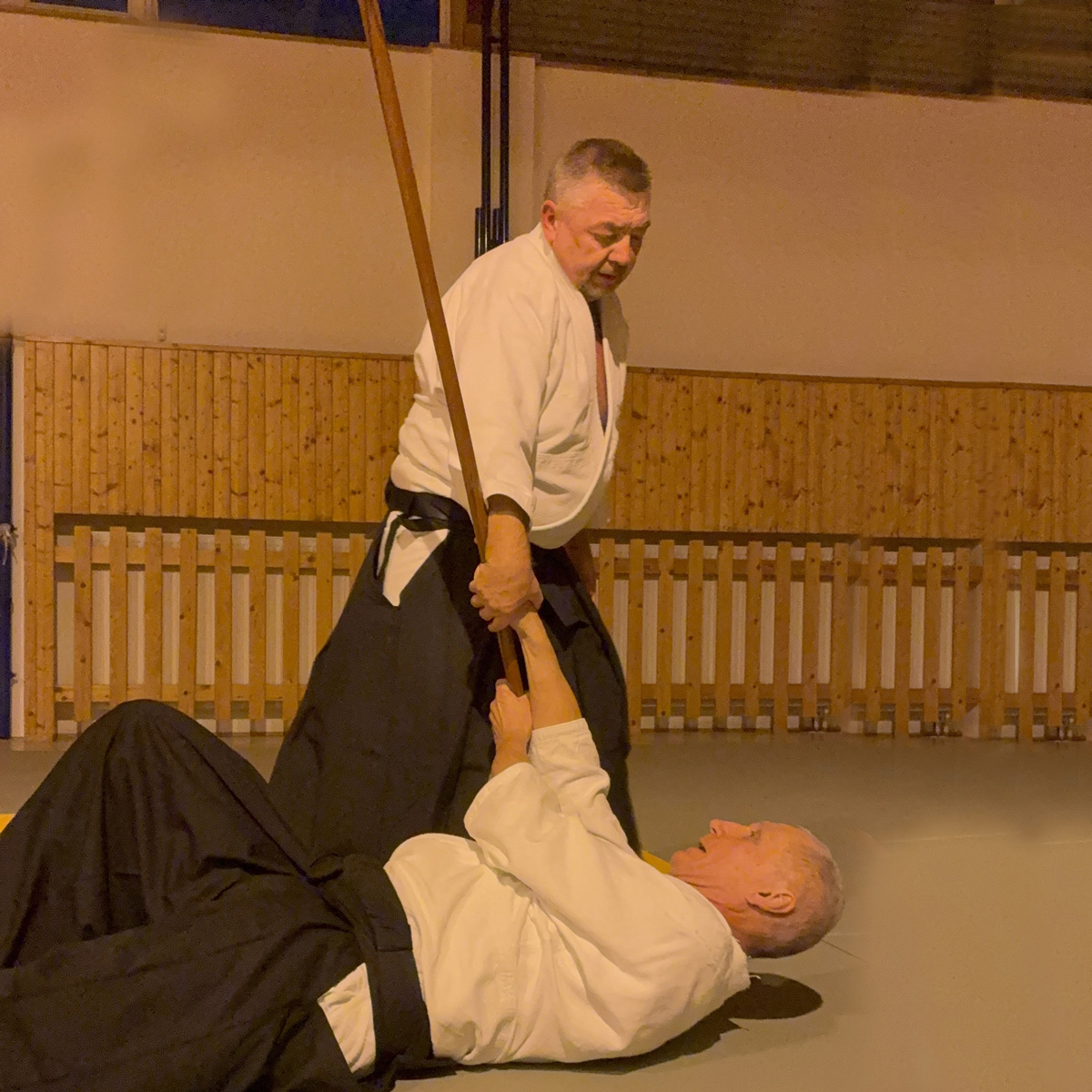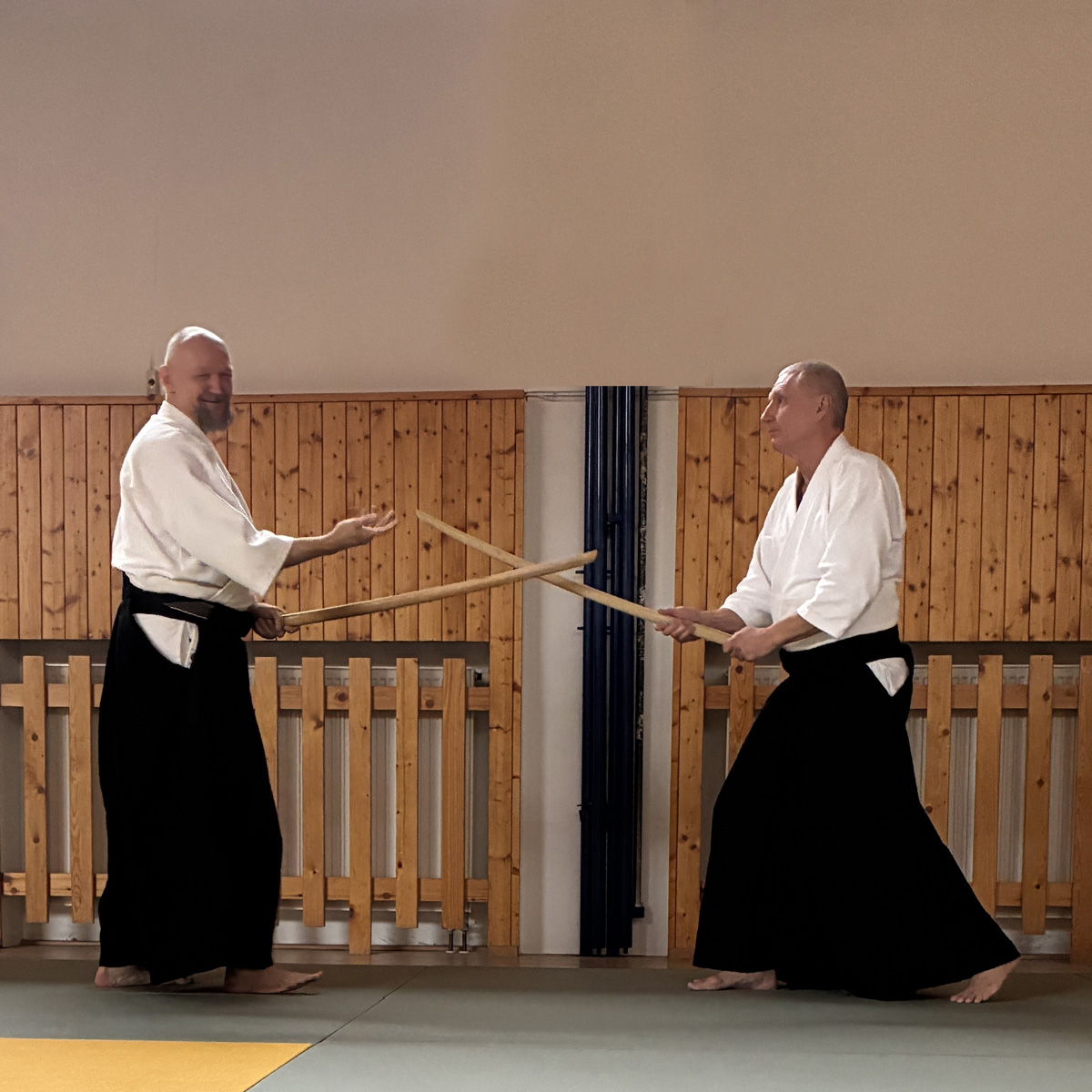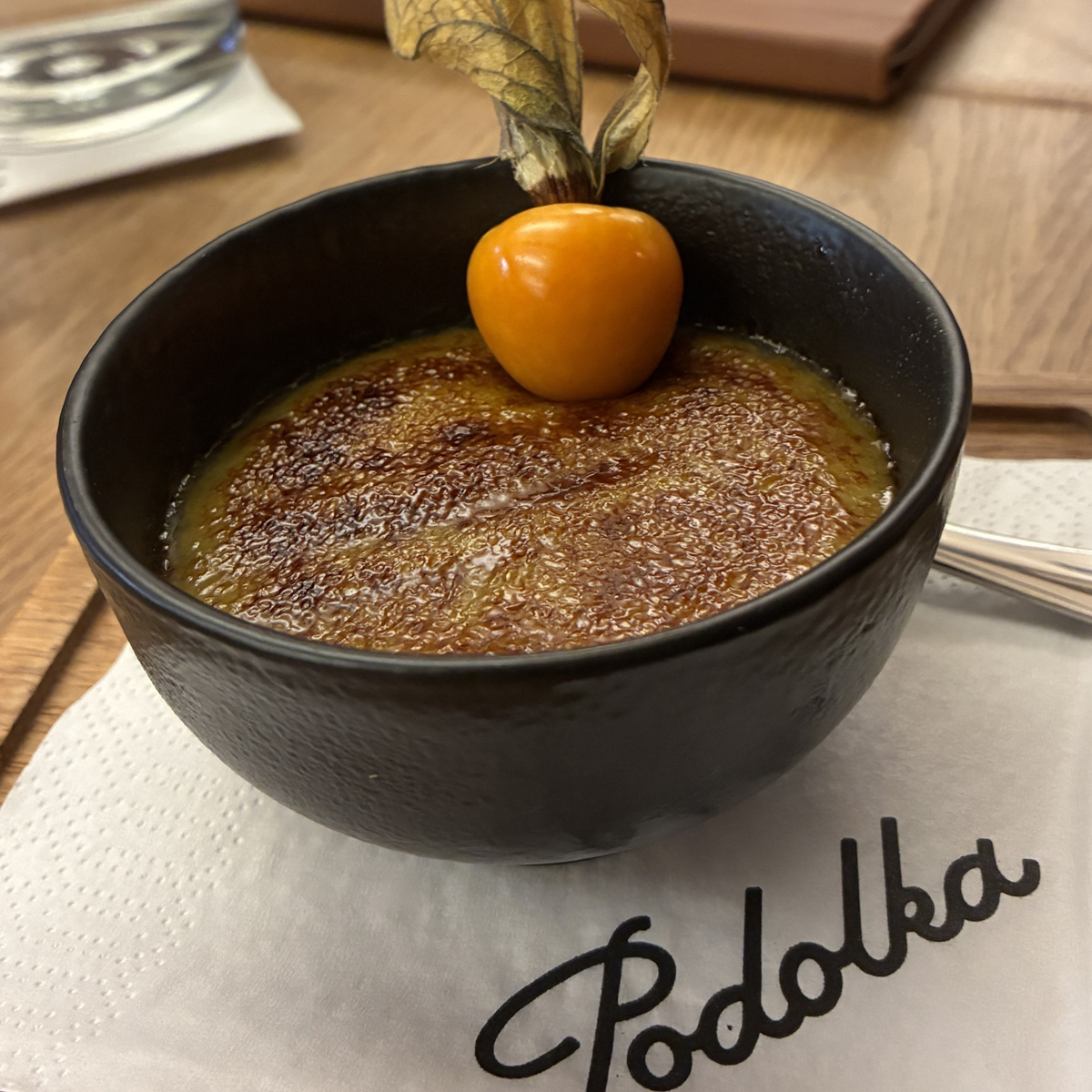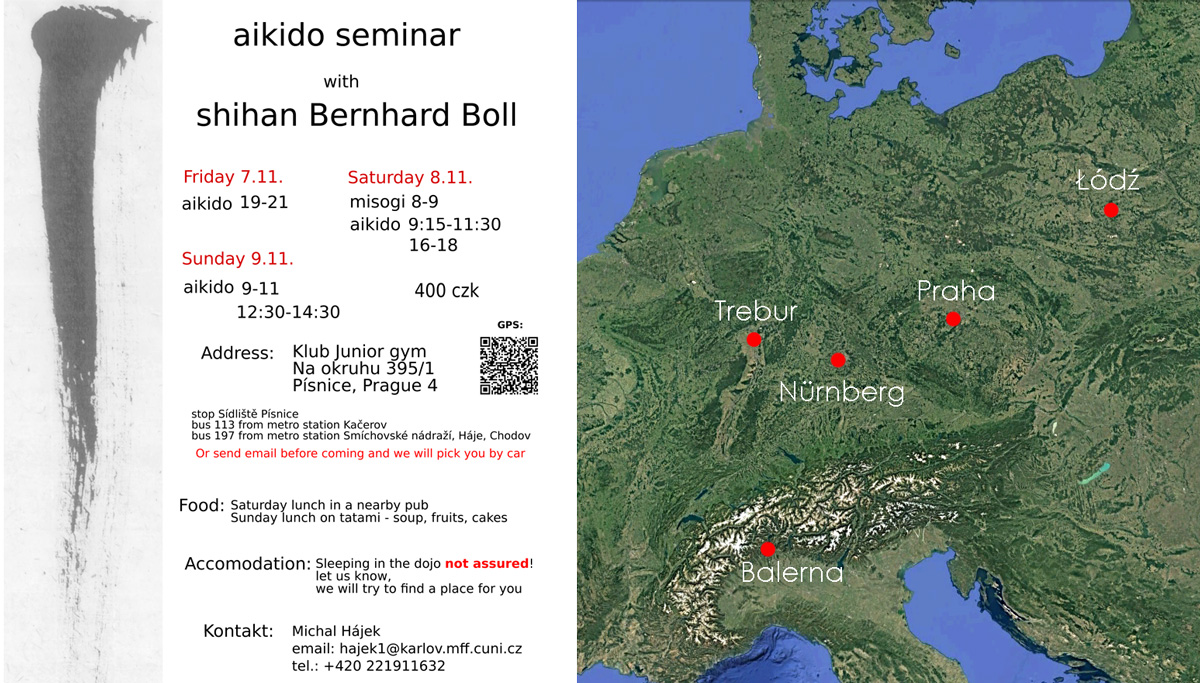
Prag November 2025
Participants from Trebur, Nuremberg, Łódź, and Balerna attended this year's autumn seminar in Prague. Four of them are currently preparing for their 3rd Dan exam. Therefore, it made sense to practice some Tsuzukiwaza techniques for this level. But there was also something on offer for Jana (1st Dan) and Eva (1st Kyu).
So, on Friday evening, Bernhard began with Ki tests for the Den exams. He sees these tests as an aid to developing the coordination of mind and body. They should definitely be practiced often.




